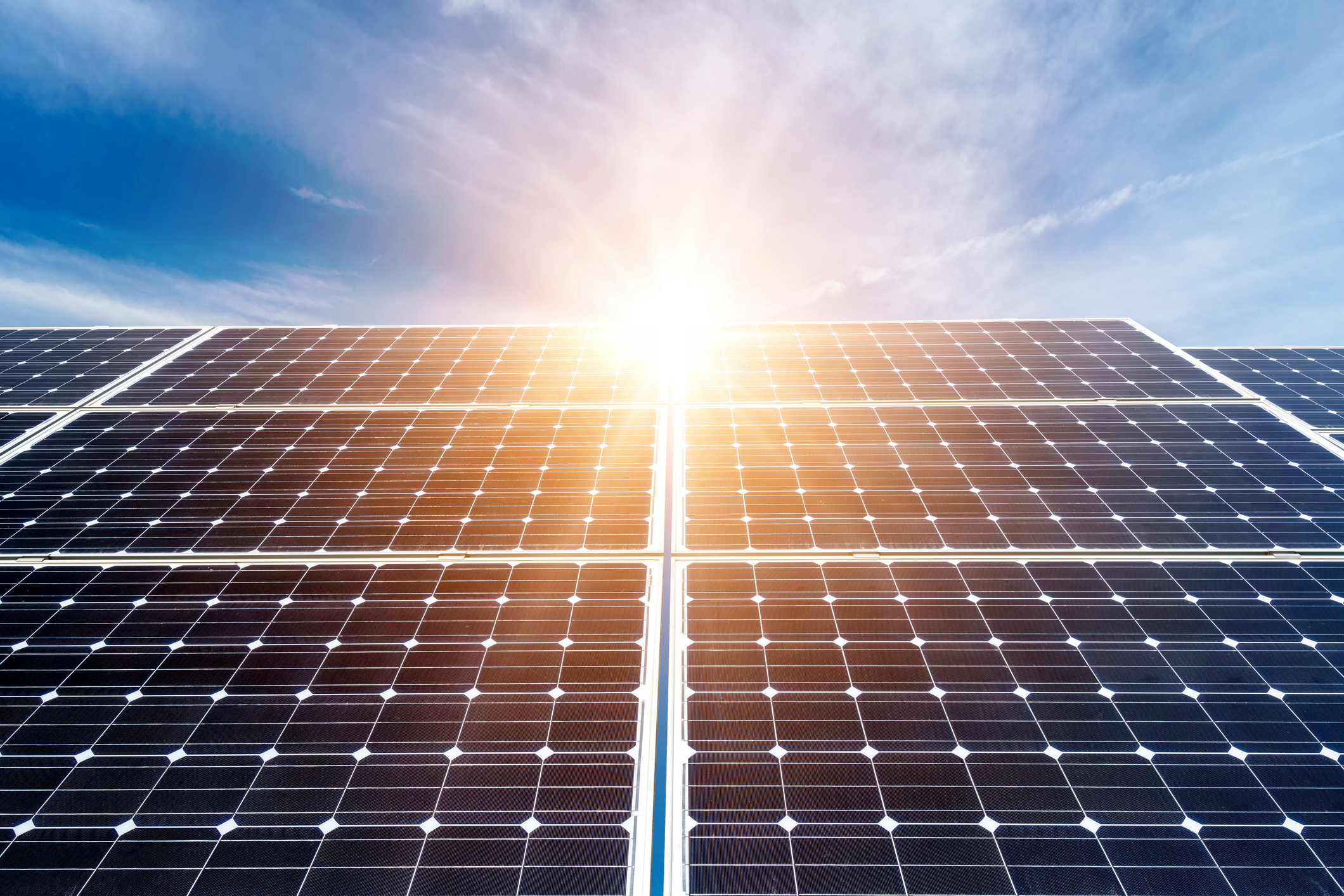
Thysse, a 3rd generation and family-owned Oregon business, is best known for generating innovative brand solutions while serving the local community. The company completed a move to a new campus in the Oregon Business Park in July, increasing services and capacity to better serve clients and prepare for the future. That future also includes an eye toward sustainability and renewable energy. Thysse began working with Legacy Solar Cooperative last year to find a way to replace as much as half of their conventional electricity with clean power. After being awarded a USDA Rural Energy for America Program grant, the company partnered with co-op member Arch Electric – headquartered in Plymouth with service across much of the state – to install bi-facial panels.
“Thysse is always looking for ways to innovate in our business. We’re already using the most energy-efficient printing technology, so it was natural to look to more sustainable measures for the new building as well,” said Jason Thysse, company president. “We’re proud to take this step toward offsetting our emissions footprint and produce our own clean power.”
“We’re thrilled to partner with Thysse and help realize their goal of adopting clean energy to power its operations,” said Arch Electric President Ed Zinthefer. “Arch is committed to continue investing in our state and delivering a quality product as we expand renewable energy in Wisconsin. Our thanks to Thysse and Legacy Solar Cooperative for making this project happen.”
Thysse’s rooftop will house a solar array of 850 bi-facial, photo-voltaic ‘pv’ panels. The system is expected to produce approximately 350,000 kW hours annually, sequestering more than half a million pounds of CO2 every year, the equivalent of planting over 6,500 trees. Bi-facial panels represent a recent development in the solar industry, generating power both directly from the sun and indirectly from reflected light. With this refinement, panels produce 10-20 percent more power and shed snow faster in the winter.
